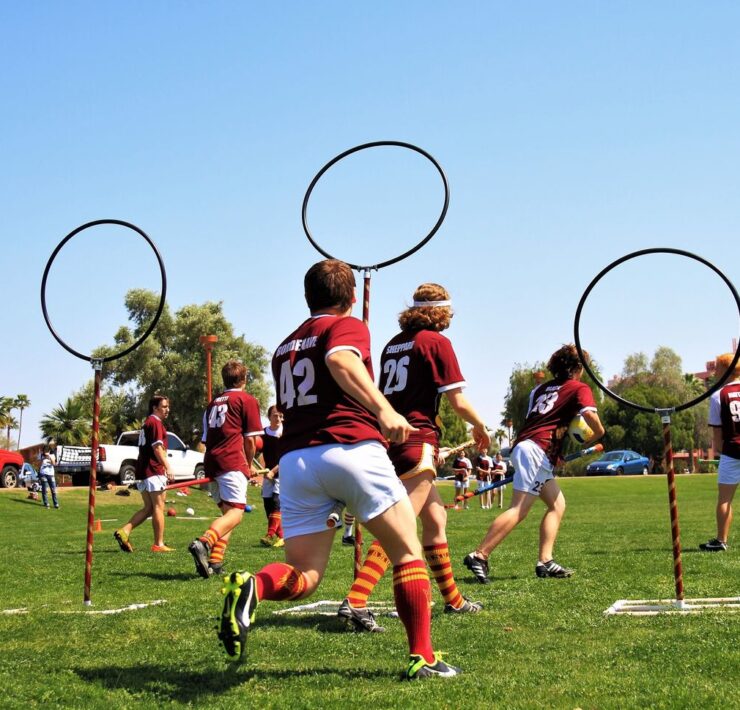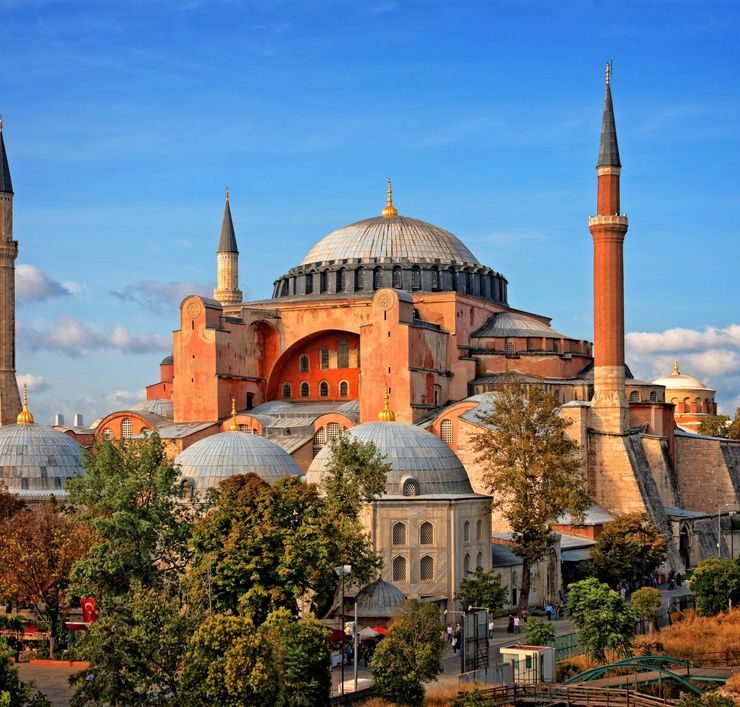Hair-Raising Supercell Thunderstorms Animated from a Single Photograph by Mike Hollingshead
Do you love watching the skies roll from calm fluffy clouds to violent dark storms? Storm chaser and photographer Mike Hollingshead surely likes to do this. When you go to his website “Extreme Instability” you’ll find his amazing works that include a great collection of GIFs featuring the scary and jawdroppingly massive supercell storms in perpetual action. These HD clips are just single photo GIFs that Hollingshead entirely processed to move through Photoshop.
Supercells are identified by their deep and persistent rotating updraft called a mesocyclone which makes them unique compared to other types of thunderstorms. The Supercell is known to be the least common type of thunderstorm and it’s a good thing because just by looking at this massive superstorm you’ve already guessed that its not going to do any good.
It has high propensity to produce severe weather. So imagine if you’ve got ingredients like large hail, torrential rainfall, strong winds, and weak to strong tornadoes mixed in one pot, you’ll cook one helluva monstrous natural phenomena that you call a supercell. That’s totally not fun unless you just want to watch it like watching a gray cotton candy twirled around a stick until it goes huge, fluffy, and ready to eat. In real life, that cotton candy will eat you instead.
Supercells can evolve from a regular thunderstorm or just pop out from nowhere already packed with power. These storms are formed primarily by low pressure, warm, humid air under a colder upper layer. The warm air rises and clashes with the descending cold air, creating powerful convection currents.
There are a variety of supercell types including classic, high precipitation which is usually found in arid climates, low precipitation for moist climates, and miniature. However, describing a current supercell’s type can be difficult because it is possible that it’ll transform from one type to another during its life cycle.
Supercells are usually found in the Great Plains of the United States in an area called Tornado Alley. You can also witness these storms in Tornado Corridor which covers areas in Argentina, Uruguay, and Brazil. However, supercell occurrences aren’t limited to these places. For example, a supercell had hit Perth, Australia on March 22, 2010 and it is known as one of the worst in the city’s history leaving dented cars, smashed windows, and a more than 100 million dollar damage due to the storm’s 6-centimeter hail stones.
Supercells in Asia occur usually in Bangladesh, West Bengal, and northeast India from March to May. There’s one event in Bangladesh where a supercell’s massive tornado hit a district that killed 20 people and injured 200. In Europe, Belgium got struck by a supercell in 2009 which was known as one of the worst storms in those recent years leaving uprooted trees on motorways and blown trains off the rail tracks.
These supercells that you see in GIFs look nothing but harmless thick clouds, but throughout the American history, they’ve been primarily responsible for the major tornadoes that have demolished parts of the country. Supercells are like a family of tornadoes (or hailstones) that pass by to greet you but leave you with great damage. Maybe, it’s better if they just safely stay animated for our amusement.
When On Earth Magazine is for people who love travel. We provide informative travel guides, tips, ideas and advice regarding places to see, things to do, what to taste, and much more for world travelers seeking their next dream vacation destination.





